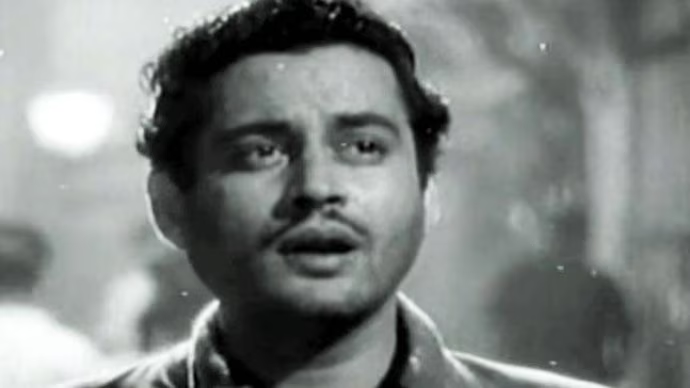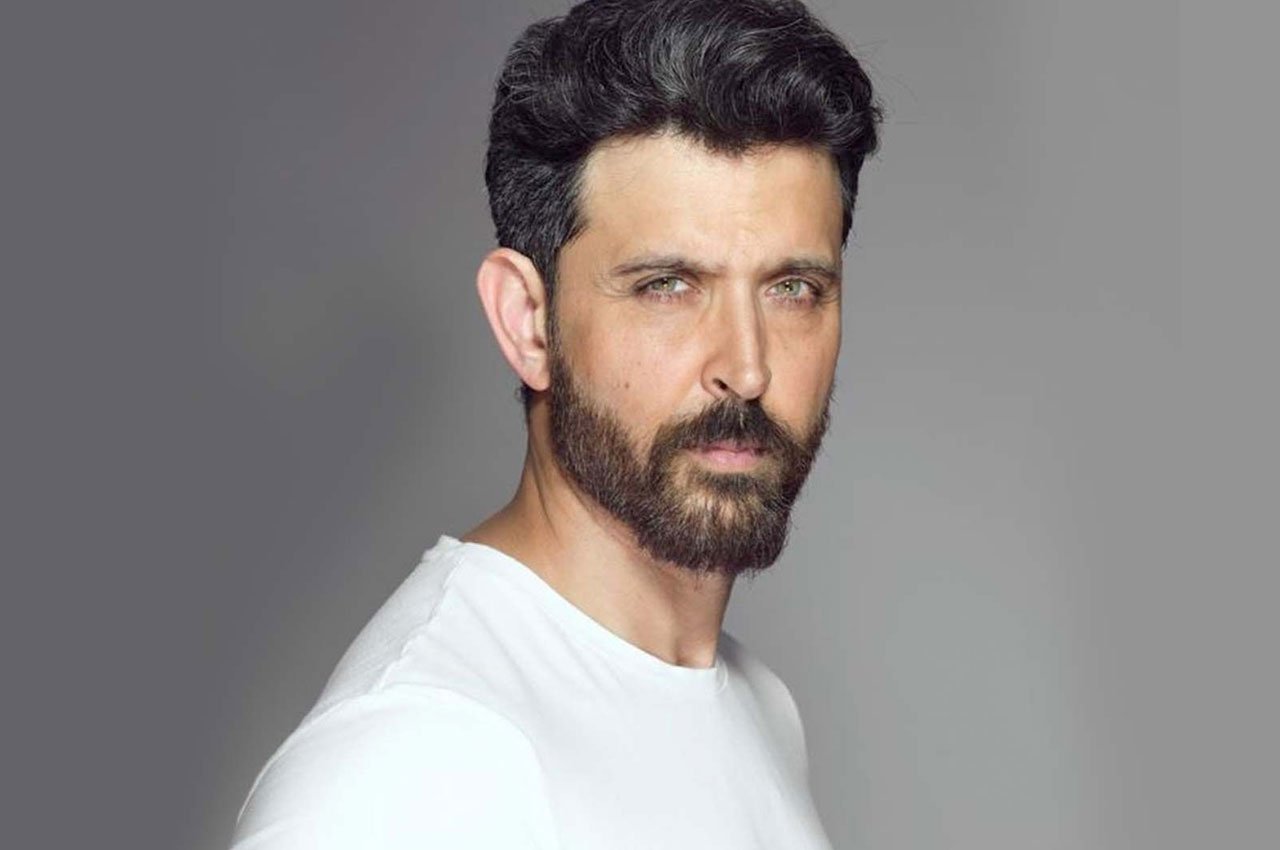As Indian cinema marks the 100th birth anniversary of Guru Dutt, it isn’t just his iconic films that are being remembered—it’s the way he used music to breathe soul into storytelling. In an industry where songs often function as flashy distractions, Dutt redefined their purpose. His songs were not pauses, but poetic progressions. They didn’t just enhance scenes; they became them.
When Songs Spoke Louder Than Dialogue
From Baazi to Pyaasa, Kaagaz Ke Phool, and Sahib Bibi Aur Ghulam, Guru Dutt’s songs served as windows into the hearts of his characters. “Tadbeer Se Bigdi Hui Taqdeer” in Baazi seamlessly morphs from dialogue into melody—replacing spoken tension with a tune that reveals inner turmoil. Dutt’s genius lay in his ability to make songs feel like whispers of the soul rather than orchestrated performances.
Each lyric, especially those penned by poets like Sahir Ludhianvi and Kaifi Azmi, became a conversation of its own—between longing and loneliness, defiance and despair.
Painting with Light and Shadow
Guru Dutt didn’t just direct films; he choreographed light. Songs like “Waqt Ne Kiya Kya Haseen Sitam” in Kaagaz Ke Phool or “Saakiya Aaj Mujhe Neend Nahin Aayegi” in Sahib Bibi Aur Ghulam are remembered as much for their haunting melodies as for their cinematic poetry.
According to The Indian Express, working closely with cinematographer V.K. Murthy, Dutt turned every beam of light and silhouette into part of the emotional narrative. Studio ceilings were opened to let in controlled shafts of sunlight. Mist and smoke were used not just for atmosphere but as metaphors. Background dancers were blurred out if they didn’t match the emotional tone. He crafted not just songs—but visual sonatas.
A Camera That Knew How to Dance
Trained under Uday Shankar, Guru Dutt understood movement—not just of bodies, but of the lens. In many of his song sequences, the camera became a dancer, gliding in sync with the rhythm of the melody. Shots were timed to musical beats, transitions cut on lyrical cues, and actor gestures choreographed to mimic the rise and fall of musical emotion.
This visual-melodic synergy made the audience not just watch or listen—but feel.
Lyrics That Carried Pain, Protest, and Passion
Guru Dutt’s cinema gave songs the power to question, reflect, and mourn. In Pyaasa, “Jaane Woh Kaise Log The” is a direct commentary on a hypocritical society. “Yeh Duniya Agar Mil Bhi Jaaye To Kya Hai” isn’t a lament—it’s a howl of protest against spiritual emptiness.
In Kaagaz Ke Phool, “Waqt Ne Kiya” isn’t just about love—it’s about time, regret, and irreversible loss. Dutt’s songs were not decorative—they were declarations of the human condition.
Music in the Real World
Another revolutionary aspect of Guru Dutt’s work was his use of real-world settings. In films like Aar Paar and Mr & Mrs 55, songs played out in offices, streets, and garages. Romance bloomed in narrow lanes, sarcasm flowed through roadside banter, and heartbreak echoed inside cramped rooms.
This grounding gave his music a modernity and honesty that was rare in the 1950s. He brought Bombay into his frame—and let its rhythm shape his sound.
A Legacy That Still Resonates
On the occasion of his centenary, filmmakers and fans alike continue to revisit Guru Dutt’s innovations. His influence is evident in everything from Sanjay Leela Bhansali’s song picturisation to the melancholic grace of modern-day cinema. While many directors use music to break tension or sell albums, Dutt used it to elevate truth.
Few filmmakers have blended lyrical elegance, narrative weight, and visual sophistication as effortlessly as Guru Dutt. His songs don’t just live in playlists—they echo in the soul of Indian cinema.
Guru Dutt @100: Still Singing Through Time
As we remember Guru Dutt on his 100th birth anniversary, we don’t just remember a filmmaker—we remember a visionary who made songs eternal. In his world, every note carried a story, every frame held a feeling, and every silence sang louder than words.
In the age of viral hooks and fleeting trends, Dutt’s melodies remind us what it means to listen—not just to music, but to emotion.
For more entertainment stories click here
Follow us for latest updates:




